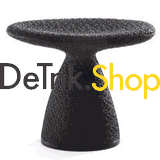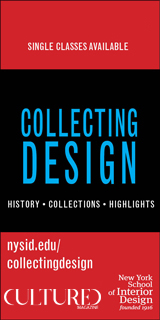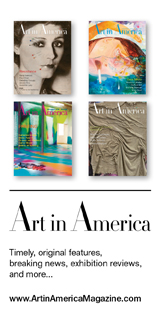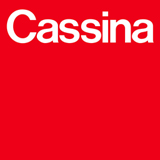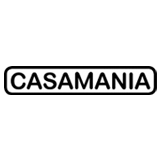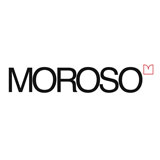Design as Art?
continued
There are a number of commercial galleries that run their businesses around this DesignArt market by selling one-off contemporary pieces as well as commissioning limited edition collections from designers: David Gill Gallery, Carpenter’s Workshop, Rabih Hage, and Rove in London; Galerie Kreo and Mouvements Modernes in Paris; Friedman Benda, Johnson Trading Co, and Moss Gallery in New York; Design Gallery Milano, Nilufar, and Dilmos in Milan; and Contrasts Gallery in Shanghai are some of the leaders. The target buyer for such collectibles is a knowledgeable, wealthy and niche group of individuals, not dissimilar to the haute couture of fashion.
The term ‘DesignArt’ can only confuse the eternal debate as to where we draw the line between ‘art’ and ‘design.’ It was the modern bourgeois culture of the mid 19th Century that originally brokered a distinction between the aesthetic and evaluative world of high art and the scientific and quantifiable world of technology and mass-production, brought about by the Machine Age. Design became a word used to bridge these exclusive definitions and is nowadays applied to well-resolved functional objects that are distinguished by aesthetically or conceptually unique modern styling.
Most of the aforementioned big-name designers are only straddling the DesignArt arena, principally gaining their reputations from innovative products made under the restraints of external client demands and mass-production capabilities. Indeed, most designers want to be exactly that – industrial designers – but of course won’t turn up their noses at the prospect of selling off original prototypes. For them, it is an effective and savvy way of covering the costs of developing experimental ideas that won’t necessarily make it into production, not to mention flaunting their talent for inventing the avant-garde.
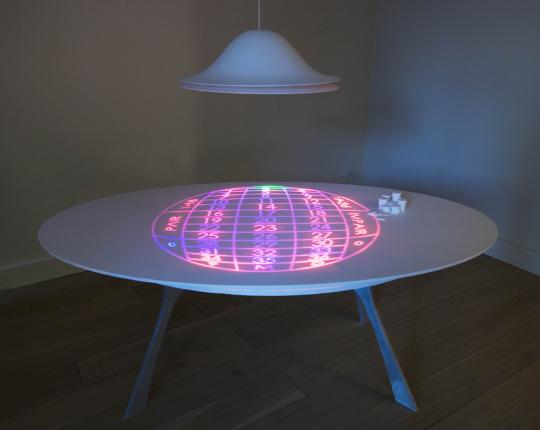
Roulette Table by Moritz Waldemeyer - Rabih Hage Gallery











